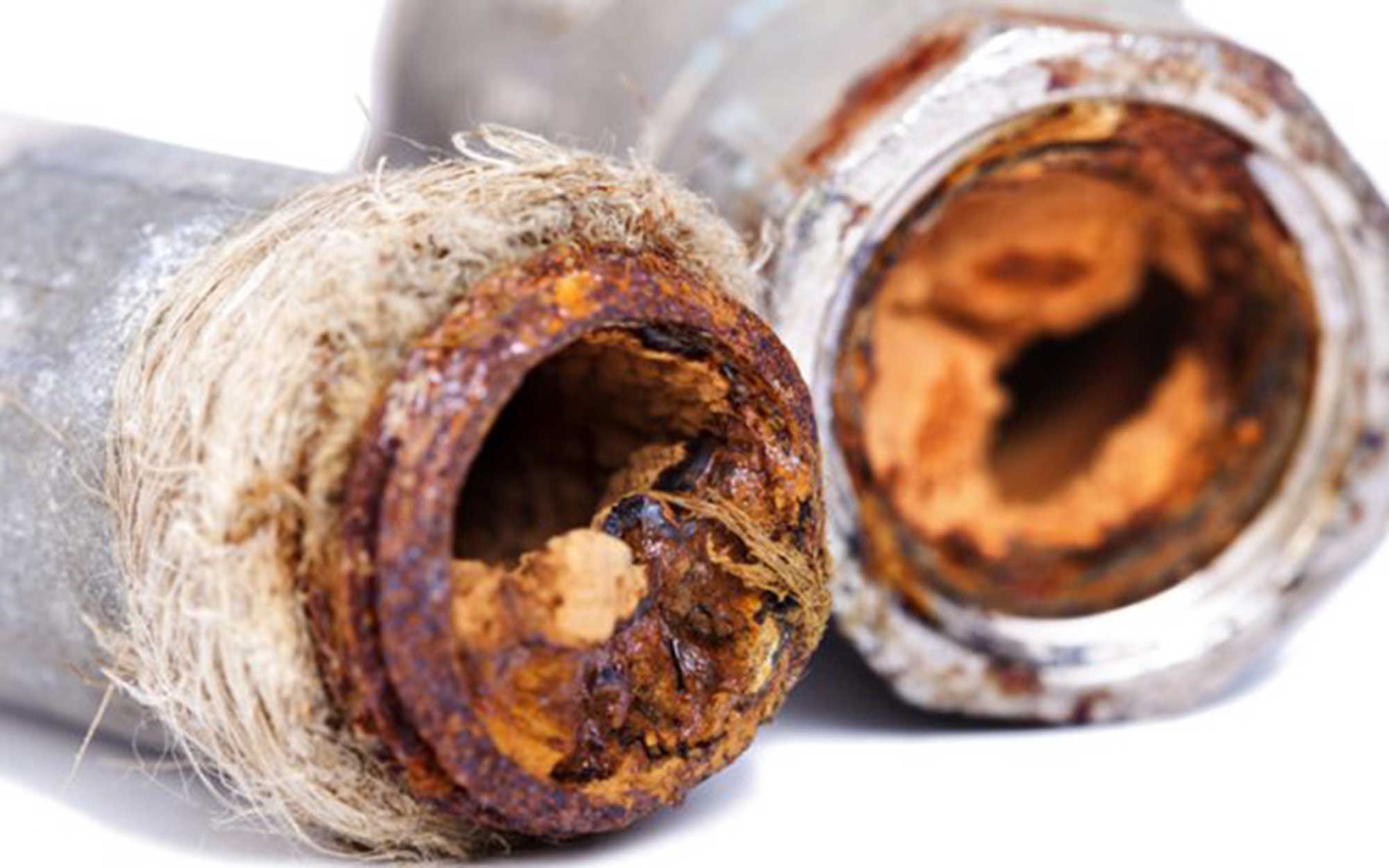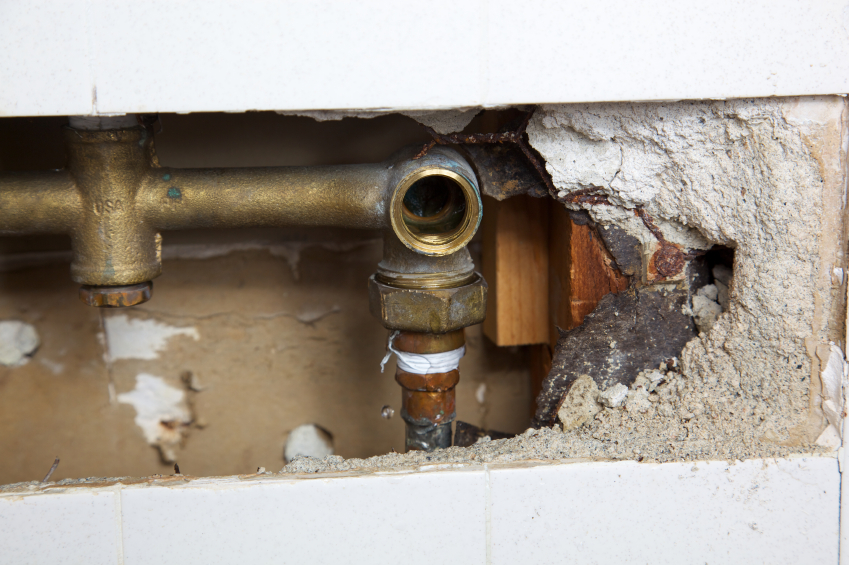Navigating Difficult Home Appliance Troubles: Just How Plumbers Can Save the Day
Navigating Difficult Home Appliance Troubles: Just How Plumbers Can Save the Day
Blog Article
Were you hunting for facts and techniques concerning Why Do My Plumbing Pipes Make A Knocking Noise?

To detect noisy plumbing, it is essential to establish first whether the undesirable audios happen on the system's inlet side-in various other words, when water is turned on-or on the drain side. Sounds on the inlet side have varied reasons: excessive water pressure, used shutoff and tap components, improperly linked pumps or various other appliances, improperly positioned pipe fasteners, as well as plumbing runs containing too many tight bends or various other constraints. Noises on the drain side normally originate from poor place or, similar to some inlet side sound, a layout including limited bends.
Hissing
Hissing sound that occurs when a faucet is opened somewhat normally signals too much water pressure. Consult your local water company if you presume this trouble; it will certainly be able to tell you the water pressure in your location as well as can mount a pressurereducing shutoff on the incoming supply of water pipe if needed.
Thudding
Thudding sound, usually accompanied by shuddering pipes, when a faucet or home appliance shutoff is shut off is a problem called water hammer. The sound and also resonance are caused by the reverberating wave of pressure in the water, which all of a sudden has no location to go. Often opening a valve that discharges water quickly into a section of piping containing a restriction, elbow joint, or tee fitting can produce the same condition.
Water hammer can typically be cured by installing fittings called air chambers or shock absorbers in the plumbing to which the problem valves or faucets are connected. These devices allow the shock wave developed by the halted circulation of water to dissipate airborne they consist of, which (unlike water) is compressible.
Older plumbing systems might have short vertical sections of capped pipe behind walls on faucet competes the very same objective; these can at some point loaded with water, minimizing or ruining their efficiency. The cure is to drain the water system entirely by shutting down the primary water system valve and opening up all taps. Then open the main supply shutoff and also shut the faucets one at a time, beginning with the tap nearest the valve and finishing with the one farthest away.
Babbling or Shrieking
Intense chattering or screeching that takes place when a shutoff or faucet is turned on, which typically disappears when the fitting is opened totally, signals loosened or malfunctioning interior parts. The service is to replace the valve or tap with a brand-new one.
Pumps as well as home appliances such as washing machines and also dish washers can move motor noise to pipes if they are poorly attached. Connect such products to plumbing with plastic or rubber hoses-never rigid pipe-to isolate them.
Various Other Inlet Side Noises
Squeaking, squeaking, scratching, snapping, and also touching typically are caused by the expansion or tightening of pipes, typically copper ones providing hot water. The audios happen as the pipes slide versus loose bolts or strike close-by residence framework. You can often determine the place of the trouble if the pipes are exposed; simply follow the noise when the pipelines are making noise. More than likely you will find a loose pipeline wall mount or an area where pipelines lie so near floor joists or various other framing items that they clatter against them. Affixing foam pipe insulation around the pipelines at the point of contact need to correct the issue. Make certain bands and wall mounts are protected and also offer adequate assistance. Where possible, pipeline bolts ought to be affixed to enormous structural aspects such as foundation wall surfaces instead of to mounting; doing so lessens the transmission of resonances from plumbing to surfaces that can magnify and move them. If attaching bolts to framework is inevitable, cover pipes with insulation or various other resilient product where they contact bolts, and sandwich completions of brand-new fasteners in between rubber washers when mounting them.
Correcting plumbing runs that struggle with flow-restricting limited or countless bends is a last option that must be taken on only after seeking advice from a knowledgeable plumbing contractor. Regrettably, this scenario is fairly typical in older residences that may not have actually been constructed with interior plumbing or that have seen a number of remodels, specifically by amateurs.
Drainpipe Sound
On the drainpipe side of plumbing, the chief objectives are to eliminate surfaces that can be struck by dropping or hurrying water and to insulate pipelines to have unavoidable noises.
In brand-new building and construction, bathtubs, shower stalls, toilets, as well as wallmounted sinks and also containers should be set on or against durable underlayments to lower the transmission of sound through them. Water-saving bathrooms as well as taps are much less noisy than conventional designs; mount them as opposed to older kinds even if codes in your location still permit using older fixtures.
Drainpipes that do not run vertically to the cellar or that branch right into straight pipeline runs sustained at floor joists or other framing present especially problematic noise problems. Such pipes are large enough to radiate considerable resonance; they additionally lug substantial quantities of water, that makes the circumstance worse. In new construction, specify cast-iron dirt pipelines (the huge pipelines that drain toilets) if you can afford them. Their massiveness has a lot of the sound made by water going through them. Likewise, avoid routing drains in wall surfaces shown bed rooms and rooms where individuals collect. Walls including drainpipes need to be soundproofed as was defined previously, utilizing double panels of sound-insulating fiber board as well as wallboard. Pipes themselves can be wrapped with unique fiberglass insulation produced the function; such pipes have a resistant vinyl skin (sometimes containing lead). Outcomes are not constantly adequate.
3 Most Common Reasons for Noisy Water Pipes
Water hammer
When water is running and is then suddenly turned off, the rushing liquid has no place to go and slams against the shut-off valve. The loud, thudding sound that follows is known as a water hammer. Besides being alarming, water hammer can potentially damage joints and connections in the water pipe itself. There are two primary methods of addressing this issue.
Check your air chamber. An air chamber is essentially a vertical pipe located near your faucet, often in the wall cavity that holds the plumbing connected to your sink or tub. The chamber is filled with air that compresses and absorbs the shock of the fast moving water when it suddenly stops. Unfortunately, over time air chambers tend to fill with water and lose their effectiveness. To replenish the air chambers in your house you can do the following. Turn off the water supply to your house at the main supply (or street level). Open your faucets to drain all of the water from your plumbing system. Turn the water back on. The incoming water will flush the air out of the pipes but not out of the vertical air chamber, where the air supply has been restored. Copper pipes
Copper pipes tend to expand as hot water passes through and transfers some of its heat to them. (Copper is both malleable and ductile.) In tight quarters, copper hot-water lines can expand and then noisily rub against your home's hidden structural features — studs, joists, support brackets, etc. — as it contracts.
One possible solution to this problem is to slightly lower the temperature setting on your hot water heater. In all but the most extreme cases, expanding and contracting copper pipes will not spring a leak. Unless you’re remodeling, there's no reason to remove sheetrock and insert foam padding around your copper pipes.
Water pressure that’s too high
If your water pressure is too high, it can also cause noisy water pipes. Worse, high water pressure can damage water-supplied appliances, such as your washing machine and dishwasher.
Most modern homes are equipped with a pressure regulator that's mounted where the water supply enters the house. If your home lacks a regulator, consider having one professionally installed. Finally, remember that most plumbers recommend that water is delivered throughout your home at no lower than 40 and no greater than 80 psi (pounds per square inch).
Whatever the state of your plumbing, one thing is certain — you’re eventually going to encounter repair and replacement issues around your home that require professional help. That’s where American Home Shield can come to your aid.
https://www.ahs.com/home-matters/repair-maintenance/causes-of-noisy-water-pipes/

I hope you enjoyed reading our excerpt about Why Do My Plumbing Pipes Make A Knocking Noise. Thanks a ton for taking time to browse our short article. Do you know about somebody who is curious about the niche? Do not hesitate to promote it. We treasure reading our article about Why Do My Plumbing Pipes Make A Knocking Noise.
Suggested Site Report this page